Occupation Poet Children Nanalal Dalpatram Kavi Died 1898 | Name Dalpatram Travadi Role Poet Nationality Indian | |
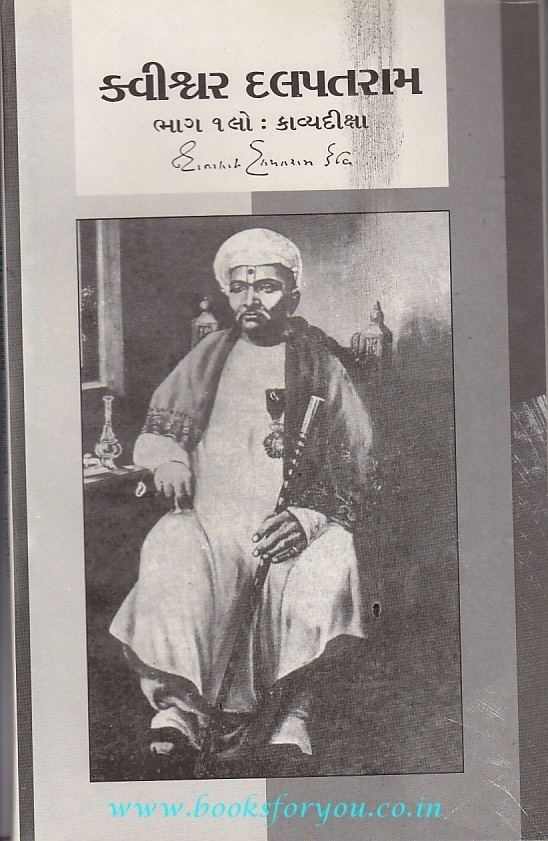 | ||
Full Name Dalpatram Dahyabhai Travadi Similar Nanalal Dalpatram Kavi, Umashankar Joshi, Jhaverchand Meghani | ||
9 january nanalal dalpatram kavi a noted author and poet of gujarati literature vasant teraiya
Dalpatram Dahyabhai Travadi (Gujarati: દલપતરામ ડાહ્યાભાઈ ત્રવાડી) (1820-1898) was a Gujarati language poet during 19th century in India. He was the father of Nanalal Dalpatram Kavi, a poet.
Contents
- 9 january nanalal dalpatram kavi a noted author and poet of gujarati literature vasant teraiya
- kavi Dalpatram no parichay kavita poems in gujarati sahitya
- Life
- Career
- Statue and Memorial
- Legacy
- Works
- References
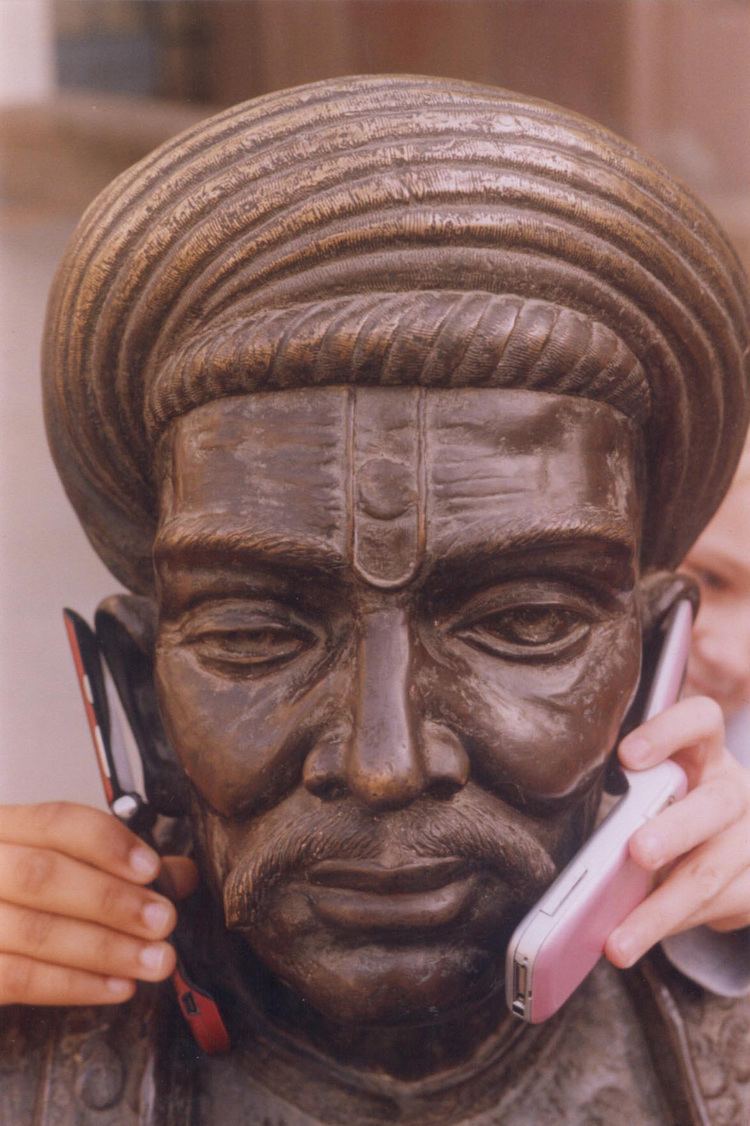
દલપતરામ kavi Dalpatram no parichay kavita poems in gujarati sahitya
Life
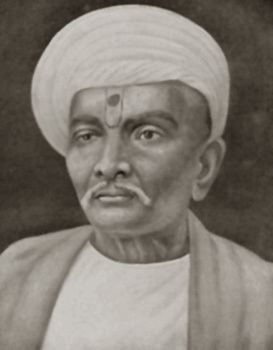
Dalpatram was born on 21 January 1820 at Wadhwan city of Surendranagar district in a Brahmin family. Dalpatram grew up to the resonant chanting of 'mantras' and recitations of religious scriptures. He was a child prodigy and displayed his extraordinary literary skills by composing 'hondulas' at the age of 12. He mastered the structures of rhyme, poesis and 'Vrajbhasha' as a Swaminarayan devotee under Brahmanand Swami, and later moved to Ahmedabad at the age of 24.
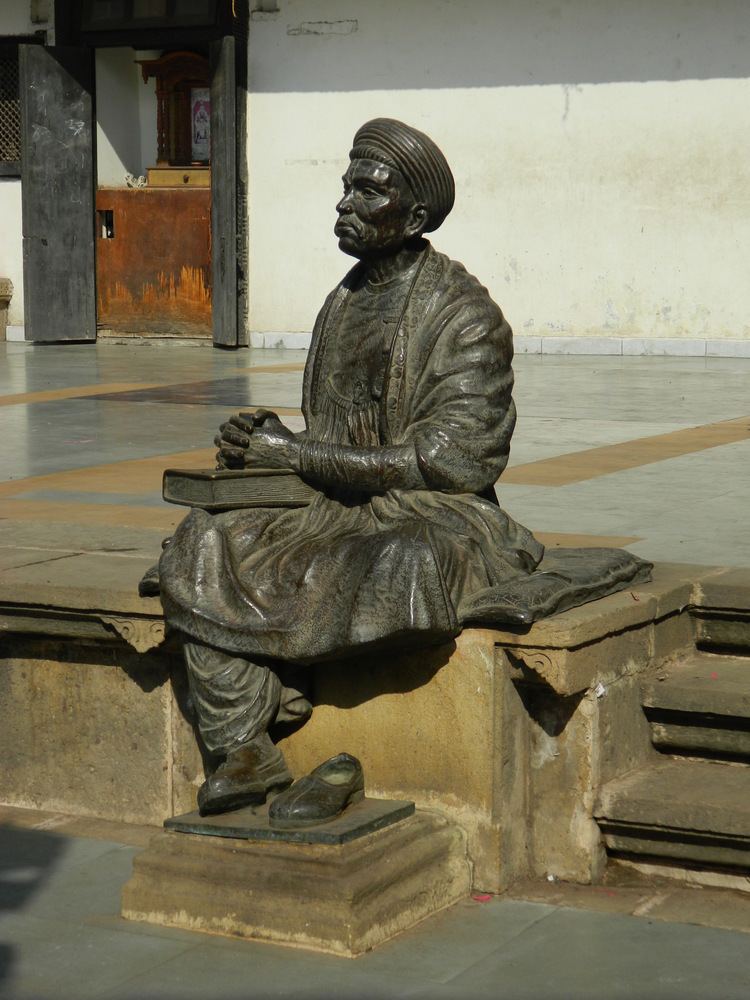
Dalpatram died on 25 March 1898 at Ahmedabad.
Career
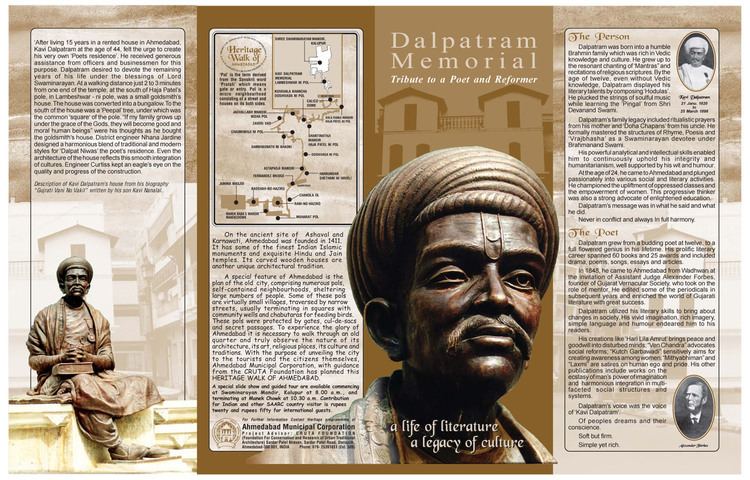
Dalpatram was a Sanskrit scholar and poet. Dalpatram taught Gujarati language to Alexander Kinloch Forbes, a British colonial administrator to Ahmedabad. Gujarati was considered at the bottom of language hierarchy during those times, so he preferred to write his poems in Brijbhasha instead of Gujarati, his mother tongue. Forbes encouraged him to write in Gujarati. Forbes and Dalpatram became close friends, and he inspired Dalpatram to write Laxmi Natak published in 1849, the first play in Gujarati, based on Greek drama Plutus.
Forbes, who wanted Gujarati literature to develop, had helped start the Gujarat Vernacular Society. He served as its first assistant secretary and started the Buddhiprakash periodical in 1850, editing it until 1878. When Forbes died in 1865, Dalpatram composed Farbesvirah, a Gujarati elegy, and Farbesvilas, his account of the gathering of bards, both dedicated to him. At the end of the 19th Century He was entitled Mahakavi (Great Poet) by Shahjanand Swami, the founder of Swaminarayan Sampraday.
Unlike Narmad, another prominent Gujarati poet of the same period, Dalpatram supported British rule for the benefits it gave India. Dalpatram also supported social reforms such as opposition to child marriage and allowing widows to remarry. Both Dalpatram and Narmad were the first Gujarati poets to address subjects connected to common life in their verses. Dalpatram's poems had subjects like English law, how to write an essay, and even "trees in a college compound". His verse often reflected his sense of humour.
Dalpatram was an authority on meters and wrote a treatise, Pingal ("Prosody"), which was used by scholars as a source book for many decades.
Statue and Memorial
In tribute to Dalpatram's work, AMC and citizens of Ahmedabad proposed a memorial at the site of his house, which was destroyed in 1985. With very few references or photographs available, it was very difficult to recreate the house. References were taken from the memories of residents and the architectural design of surrounding houses to create a memorial in the form of facade of the house and statue of Kavi Dalpatram in the year 2001.
In the year 2001, the memorial became a part of Heritage walk of Ahmedabad. The design of statue was debated before they came up with the idea of Kavi in sitting posture with a book in his lap.
The statue is made of bronze and weighs 120 kg. Another key feature of the statue is the empty shoe of Kavi which is very dear to the children. The children call him 'Dada' or grandfather with love and have deep emotions attached to the statue.
The platform behind the statue displays the plan of the original house.The yellow stone on the floor indicates the walls, grey stone indicates the rooms and the black stone represents the open courtyard. The staircase is also marked with yellow stone.
The memorial also serves as a platform for community gatherings. His plays and recitations are also enthusiastically performed on various occasions including his birthday. The Heritage department has taken the responsibility of maintenance of the Dalpatram Memorial.
Legacy
He was a progressive thinker and advocated the upliftment of oppressed classes and women's empowerment. He used his literary skills to bring about changes in society. At the end of the 19th century, he was entitled Mahakavi or the great poet by Shahjanand Swami, the founder of the Swaminarayan Sampraday.
Years have passed but the poems of Mahakavi still resonate in the hearts of people, inspiring them to move ahead in life, bringing peace to disturbed minds and questioning the social structure and system. Dada's poems also aim to teach moral values to the children through rich imagery and simple language.
The Kavishwar Dalpatram Award is named after him.
Works
His career spanned 6 books and 25 awards including drama, poems, songs, essays and articles. 'Hari Lila Amrut', 'Ven Charitra', 'Mithyabhiman' and 'Laxmi' are his major contributions.
